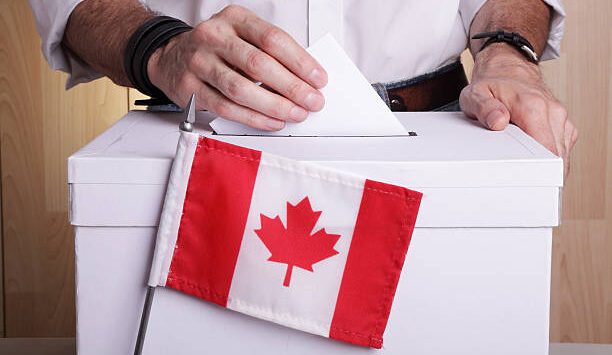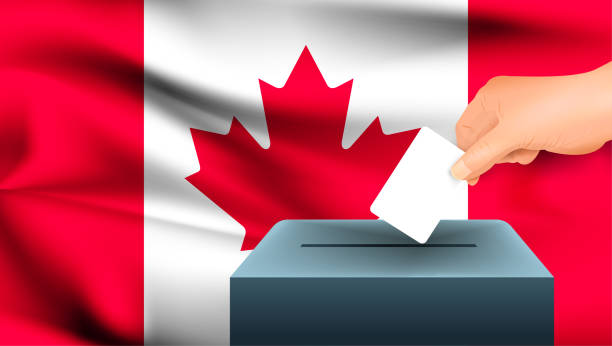Canadian Federal Election: Process, History, and Impact
Canadian Federal Election : Process, History, and Impact

You May Like : MahaKumbh Mela : World Largest Event Ever
Understanding the Canadian Federal Election
The Canadian Federal Election is a significant democratic process that determines the country’s leadership. Conducted every four years, or sooner under specific circumstances, the election enables citizens to vote for their representatives in the House of Commons. The leader of the political party that secures the most seats typically becomes the Prime Minister, shaping the nation’s policies and direction.
The Electoral Process in Canadian Federal Election
Elections in Canada are managed by Elections Canada, an independent federal agency responsible for conducting fair and impartial elections. The process follows key steps, including:
- Dissolution of Parliament – The Prime Minister requests the Governor General to dissolve Parliament, initiating an election.
- Issuance of Writs – Official election writs are issued, setting the election date.
- Candidate Nominations – Political parties and independent candidates register to contest.
- Campaign Period – Political leaders and parties engage with voters, outlining their policies and agendas.
- Election Day – Registered voters cast their ballots at designated polling stations.
- Counting and Results – Votes are counted, and the party with the majority forms the government.
A Historical Perspective of Canadian Federal Elections
Since Canada’s first federal election in 1867, the electoral system has undergone significant changes. Initially, only property-owning men were eligible to vote, but over time, suffrage expanded to include women (1918) and Indigenous Canadians (1960). The introduction of electronic voting and advanced polling has further modernized the process, increasing accessibility and efficiency.

Key Political Parties in Canada
The Canadian Federal Election is dominated by several major political parties, including:
- Liberal Party – Historically one of Canada’s most dominant parties, often advocating progressive policies.
- Conservative Party – A center-right party focusing on economic growth, tax reductions, and national security.
- New Democratic Party (NDP) – Known for social democratic principles, advocating for healthcare, labor rights, and environmental protection.
- Bloc Québécois – Primarily representing Quebec’s interests, focusing on sovereignty and cultural preservation.
- Green Party – A party emphasizing climate change policies and sustainable development.
The Role of Political Debates
Election debates provide voters with critical insights into candidates’ policies, leadership qualities, and vision for Canada. These debates influence public opinion, often swaying undecided voters and shaping the final outcome of the Canadian Federal Election.
Voter Turnout and Participation
Voter participation is essential for a thriving democracy. While Canada generally enjoys a high voter turnout compared to many countries, fluctuations occur based on political climate, key issues, and voter engagement initiatives. Efforts to increase participation include online voter registration, extended polling days, and educational campaigns.
The Impact of Social Media on Elections
Modern elections are significantly influenced by social media platforms. Candidates use digital campaigns, targeted advertisements, and online debates to engage with voters. While this enhances communication, concerns about misinformation, digital privacy, and foreign interference have led to calls for stricter regulations on online political advertising.
Election Challenges and Controversies
Every Canadian Federal Election faces challenges, including:
- Electoral Boundaries and Representation – Adjusting district boundaries to reflect population changes.
- Campaign Financing – Ensuring transparency in donations and expenditures.
- Misinformation and Fake News – Combating false narratives that can mislead voters.
- Voter Accessibility – Ensuring equal voting opportunities for all citizens, including those in remote areas.
The Future of Canadian Federal Election
As technology advances, discussions around digital voting, artificial intelligence in election management, and enhanced cybersecurity measures are shaping the future of Canada’s electoral process. The goal remains to uphold democratic integrity while making voting more accessible and efficient.
Conclusion: The Power of the Canadian Federal Election
The Canadian Federal Election is the foundation of the country’s democracy, allowing citizens to shape their government. With each election, Canada evolves, reflecting the changing political landscape and the voice of its people. Understanding the election process, its challenges, and its impact empowers voters to participate actively in shaping the nation’s future.
Weird to the wonderful – if you wanna know, we’ve got it covered!
Leave a Reply